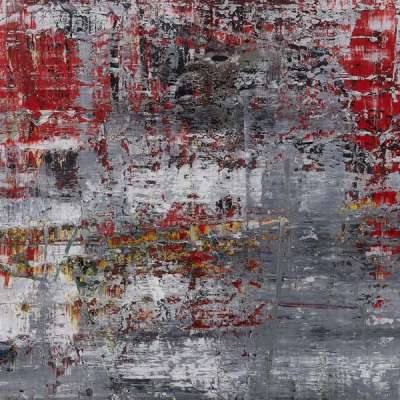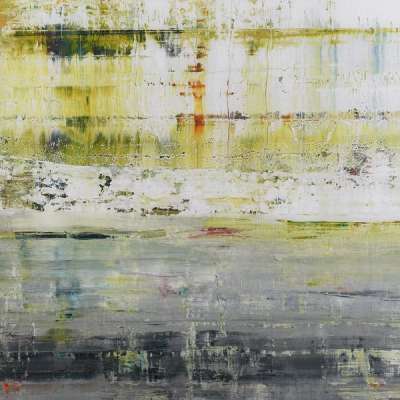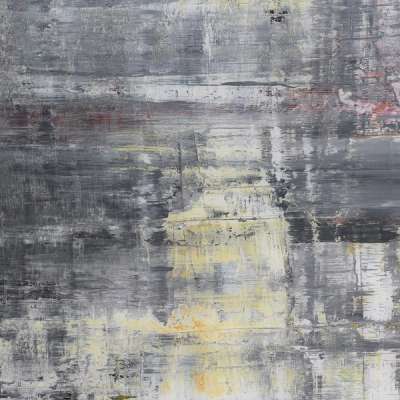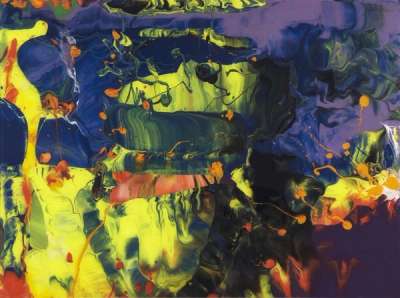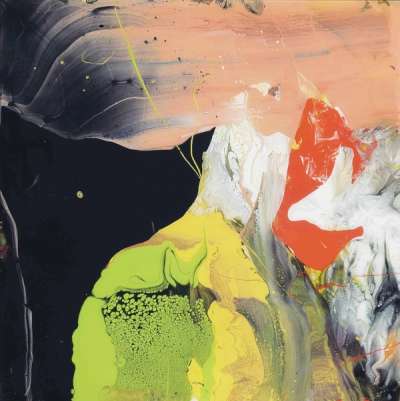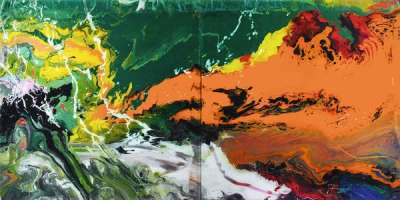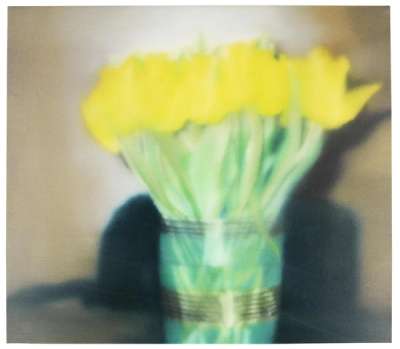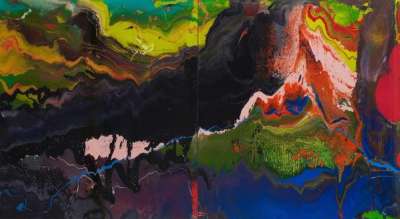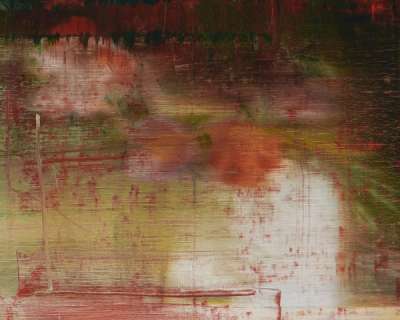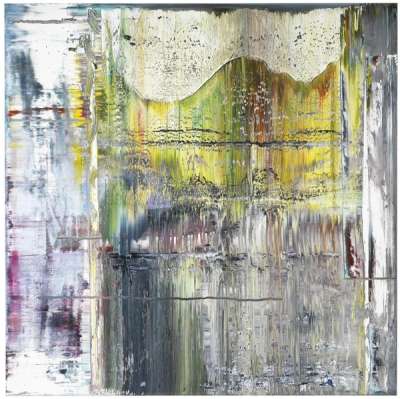
Cage (P19-3)
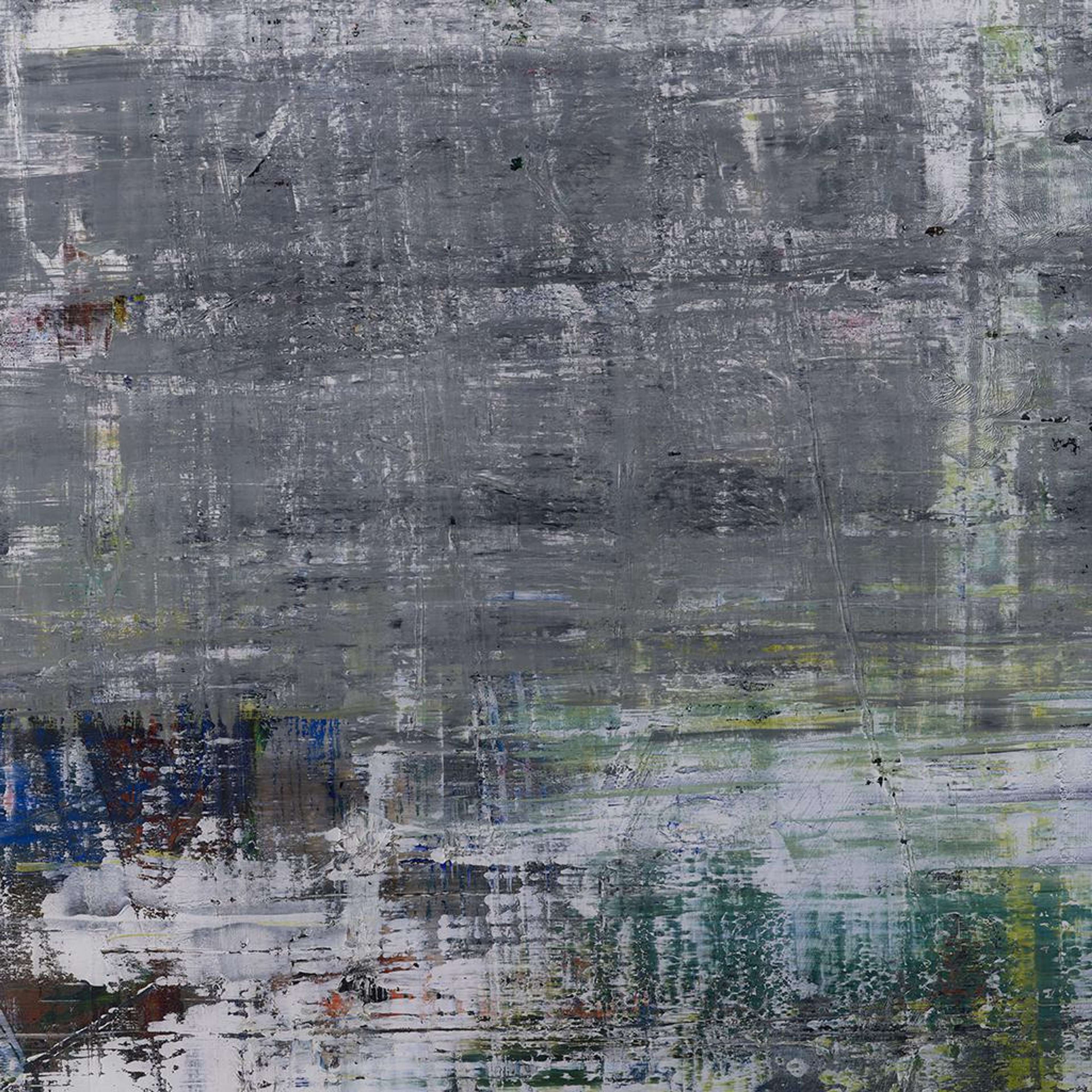
Cage (P19-3)
Unsigned Print
Gerhard Richter
£14,000-£21,000Value Indicator
$28,000-$40,000 Value Indicator
$25,000-$40,000 Value Indicator
¥130,000-¥190,000 Value Indicator
€17,000-€25,000 Value Indicator
$140,000-$210,000 Value Indicator
¥2,670,000-¥4,010,000 Value Indicator
$18,000-$26,000 Value Indicator
AAGR (5 years) This estimate blends recent public auction records with our own private sale data and network demand.
There aren't enough data points on this work for a comprehensive result. Please speak to a specialist by making an enquiry.
Medium: Giclée print
Edition size: 200
Year: 2020
Size: H 100cm x W 100cm
Signed: No
Format: Unsigned Print
TradingFloor
Track this artwork in realtime
Watch artwork, manage valuations, track your portfolio and return against your collection
Track auction value trend
Auction Results
| Auction Date | Auction House | Location | Hammer Price | Return to Seller | Buyer Paid |
|---|---|---|---|---|---|
| January 2025 | Phillips London | United Kingdom | |||
| June 2024 | Tate Ward Auctions | United Kingdom | |||
| September 2023 | Christie's London | United Kingdom | |||
| July 2023 | Sotheby's Hong Kong | Hong Kong | |||
| January 2023 | Phillips London | United Kingdom | |||
| June 2022 | Phillips New York | United States | |||
| June 2021 | Poly Auction Hong Kong Limited | Hong Kong |
Meaning & Analysis
An unsigned print attributed to influential German visual and conceptual artist, Gerhard Richter, Cage (P19-3) was issued in a limited edition of 200. Like other works in the Cage Prints series of which it is a part, Cage (P19-3) is made after a seminal painting executed by Richter in 2006 and later exhibited at the 2007 edition of the Venice Biennale.
Fraught with a sense of the erratic dynamism that created the painting after which it was made, Cage (P19-3) is a standout example of Richter’s Cage Prints. Like its abstract counterparts in both the Cage f.ff and Cage Grid series, Cage (P19-3) takes its name from American artist and composer, John Cage, to whom Richter had been listening around the time of the original work’s completion. Striking for its contrast to other prints in the series, such as Cage (P19-2), the work opts for a much darker - and mostly monochromatic - palette, and is complete with a series of vertical and horizontal lines.
In 2006, Richter began his so-called ‘Cage’ paintings. Like some of his previous compositions, such as the world-famous Abstraktes Bild (P1) (1990), the works were created using a prescriptive palette of ‘classic’ oil paints and squeegees, used to drag and disrupt layers of paint across the canvas, constructed by his assistants. Many have identified Richter’s forays into non-representational art as an extension of the artist’s wish to bring about the ‘death’ of painting - a desire with its origins in both the strict, socialist realist training he received at the Dresden Academy during the 1960s, and in his 1959 visit to the groundbreaking dokumenta II exhibition, held in the West German city of Kassel.
Hailing from Germany, Gerhard Richter has not been confined to one visual style. A testament to versatility and artistic diversity, Richter's work spans from photorealism to abstraction and conceptual art, and his portfolio is rich in varied media. From creating bold canvases to working on glass to distort the lines between wall-based art and sculpture, Richter has honed in on the blur technique to impart an ambiguity on his creations. To this day, Richter is one of the most recognised artists of the 20th century with his art having been presented in exhibitions worldwide. His global impact underscores his legacy as a trailblazer of artistic exploration.
